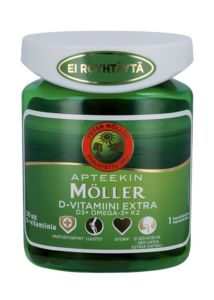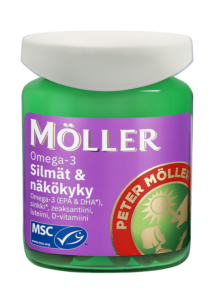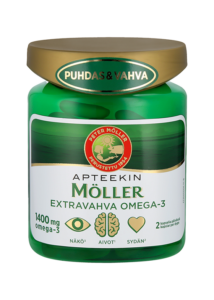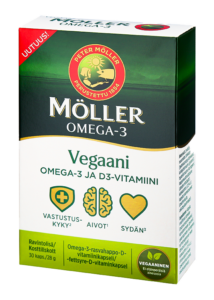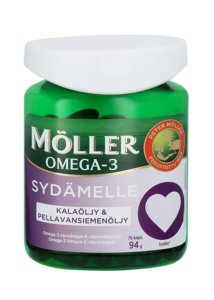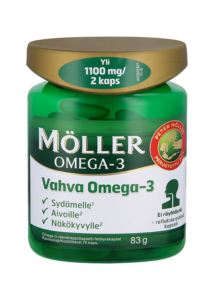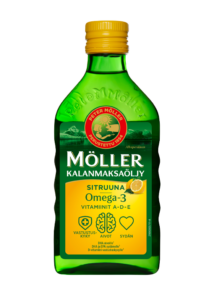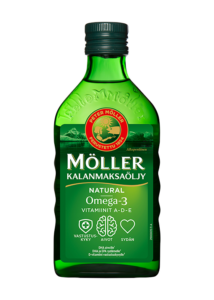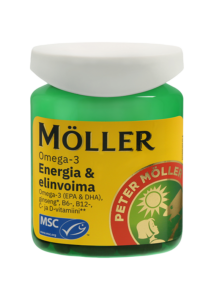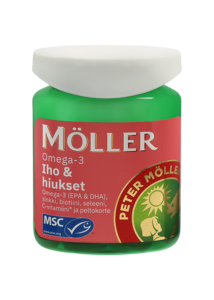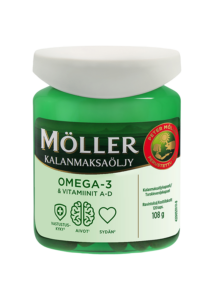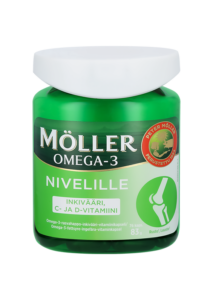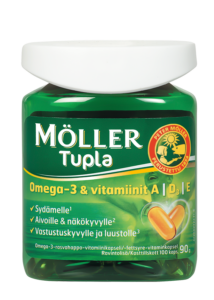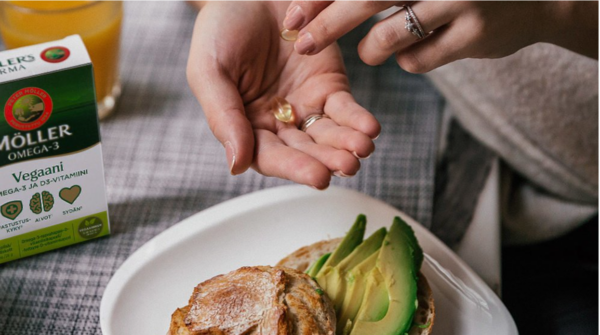Ikääntyessä ensimmäisenä kipeytyvät yleensä lonkat ja polvet. Se kertoo meille, ettei keho ole enää uusinta vuosimallia. Kun vuosia kertyy, nivelrustojen ja -siteiden muutokset aiheuttavat kipua, turvotusta ja jäykkyyttä.
Home » Pidä nivelet kunnossa

Fyysinen aktiivisuus on hyväksi nivelille
Liikunta edistää terveyttä niin monella tavalla, että on tyhmää olla liikkumatta. Se ehkäisee nivelten jäykistymistä ja vahvistaa lihaksia, jotka tukevat niveliä ja keventävät niiden kuormitusta. Pyri tekemään fyysisiä harjoituksia vähintään 30 minuuttia päivässä. Ajan voi jakaa osiin: liiku vaikka 10 minuuttia kerrallaan.
On tärkeää löytää harjoittelumuotoja, jotka eivät kuormita niveliä liikaa. Uiminen ja muu vesiliikunta ovat hyviä vaihtoehtoja. Lämminvesiallas on erinomainen, koska lämpö hellii niveliä. Muita niveliä vain vähän kuormittavia liikuntamuotoja ovat esimerkiksi pyöräily, hiihto, kevyt kuntosaliharjoittelu, vastusharjoittelu laitteilla tai kuminauhalla ja sauvakävely.
Ellet ole liikkunut säännöllisesti pitkään aikaan, on tärkeää kuunnella kehoa tarkkaan. Alussa nivelet voivat kipeytyä, koska nivelet ja lihakset eivät ole tottuneet rasitukseen. Elleivät kivut häviä jonkin ajan kuluttua harjoittelun aloittamisesta, kyseinen liikuntamuoto saattaa kuormittaa niveliä liikaa. Kokeile silloin jotain muuta. Fysioterapeutti auttaa löytämään juuri sinulle sopivimman harjoittelumuodon.
Lämpimän leipätaikinan vaivaaminen on hyvää jumppaa sormille. Ellet ole aiemmin harrastanut leivän leipomista, nyt sinulla on hyvä syy ryhtyä kotileipuriksi. Lisää käsiharjoituksia ja vinkkejä löydät täältä.
Lähteet: Kunnossa kaiken ikää –ohjelma, UKK-instituutti, Terveyskirjasto
What is good health?
Do you have a good lifestyle?
Lifestyle simply means the way in which you live. Health and lifestyle go hand in hand. You might feel you have a good lifestyle if you are physically active, eat healthily and generally experience a sense of wellbeing. Conversely, if you want good health you should also have a good lifestyle.
Physical activity is the major contributor to a good lifestyle, but diet, drugs, stress, sleep and social conditions are also play an important role. Being able to use the body properly to avoid injury also affects lifestyle. Physical activity can also prevent depression and help you to recover more quickly from mental illness, both of which obviously affect your lifestyle.
Diet can be a difficult topic for many. Perhaps you eat too much or too little or maybe you find it hard to know what foods to combine to have a balanced diet. It’s also important to eat food that contains important vitamins, minerals and dietary fibre, omega-3 and antioxidants. On top of all this, you also need to get enough energy, protein and the correct fatty acids. The requirement for these nutrients changes throughout your life. When you are older you also have different requirements than children and younger adults. Women also have different requirements than men. Pregnant and breastfeeding mothers also have special requirements.
When you get older, you lose muscle mass and your body requires less energy and therefore less food. You may lead a less active life than you did before, which is why you require less food. However, your need for minerals, vitamins and other nutrients remains the same. Of course, there are plenty of healthy and active older people, but when you reach 70 to 80 years of age, it’s easier to become ill, especially during flu season.
Some steps you can take to improve your lifestyle and health are to:
- eat a healthy and varied diet
- stay active
- watch your weight
- avoid too much alcohol and don’t smoke
- get enough sleep
- think positive
- practise good hygiene
What is good quality of life?
The World Health Organisation (WHO) defines quality of life as a state where the individual can realise their potential, cope with normal stressful situations, work in a rewarding and positive way, and be able to contribute to others and society.
Quality of life is a wide and somewhat diffuse concept that includes joy in, and a desire for, life. These are values that are rather felt than measured, which in turn are based on personal environment and choices. Quality of life doesn’t necessarily depend on being healthy or sick. It’s the moments between worries, sorrows, problems and ailments that matter. For example, if you have a chronic illness, a feeling of mastery can be important when talking about quality of life.
To sum up, quality of life is a combination of health, lifestyle, networks and social support. It’s about experiencing joy, meaning in life, satisfaction, security and a sense of belonging, as well as being able to use your strengths. It’s also about feeling interest in life, coping with everyday situations and a being committed to something or someone. If you have good quality of life, you will be able to cope better with the inevitable stressful situations in life.
Tuotteita
-
Apteekin Möller D-Vitamiini Extra
Möller omega-3 valmiste lihaksille ja nivelille. Sisältää omega-3 rasvahappoja, magnesiumia, mangaania, C- ja D-vitamiineja sekä inkivääriä.
-
Möller Omega-3 Silmät & näkökyky
Möller omega-3 valmiste lihaksille ja nivelille. Sisältää omega-3 rasvahappoja, magnesiumia, mangaania, C- ja D-vitamiineja sekä inkivääriä.
-
Möller Omega-3 Lihakset & nivelet
Möller omega-3 valmiste lihaksille ja nivelille. Sisältää omega-3 rasvahappoja, magnesiumia, mangaania, C- ja D-vitamiineja sekä inkivääriä.
-
Möller Vegaani Omega-3 ja D-vitamiini
-
Möller Sydämelle
-
Möller Vahva Omega-3
-
Möller Kalanmaksaöljy Sitruuna
-
Möller Kalanmaksaöljy
-
Apteekin Möller Extravahva
-
Möller Omega-3 Energia & Elinvoima
-
Möller Omega-3 Iho & hiukset
-
Möller Omega-3 Kalanmaksaöljykapseli
-
Möller Nivelille
-
Möller Omega-3 Pikkukalat
-
Möller Tupla

